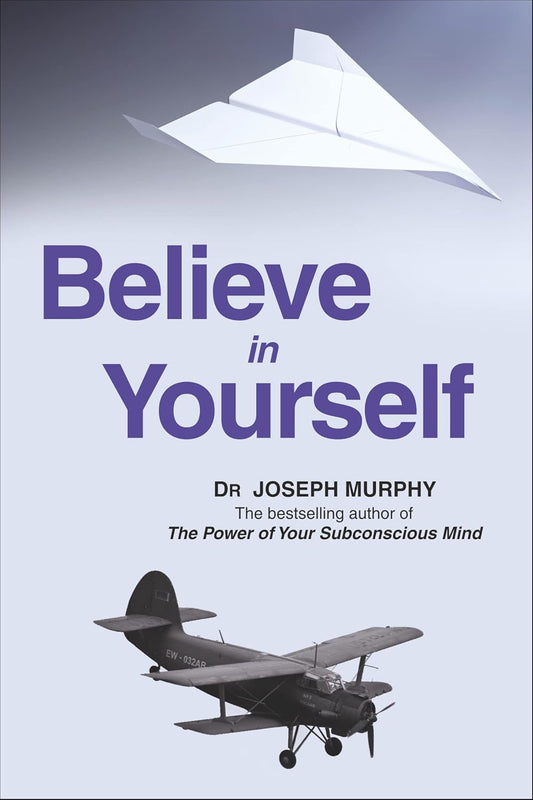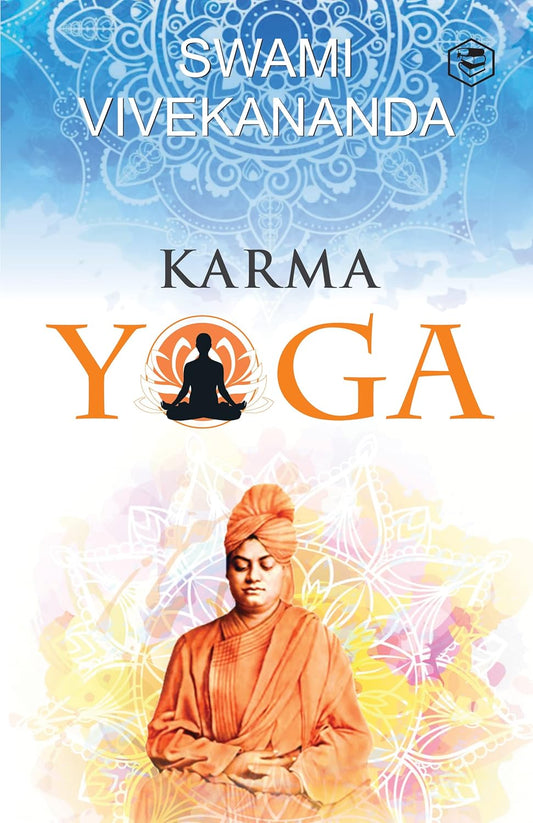In today’s world of reading, books are no longer limited to traditional printed pages. Whether you're curled up on the couch or commuting to work, you can enjoy a story or dive into a new topic in multiple formats. With the variety of options available, choosing the right book format to suit your reading style can be overwhelming.
Should you stick with physical books? Are eBooks the way to go? What about audiobooks? Each format has its unique advantages, and in this post, we’ll help you figure out which one is best for you by exploring the different options.
1. Hardcover Books: The Classic, Long-lasting Option
Best for: Collectors, readers who love the tactile experience, and those who want a durable book for long-term use.
Why You Might Love It:
- Durability and Aesthetics: Hardcover books are built to last. Their sturdy design ensures they remain in good condition over time, even with repeated handling. Many readers also love the aesthetic appeal of hardcovers, especially first editions, limited releases, or books with beautiful cover art.
- Comfortable for Reading at Home: They are excellent for those who like to relax and read at home. The weight and feel of a hardcover book can be comforting, making them ideal for extended reading sessions.
- A Great Collector’s Item: Hardcovers are more likely to be considered collectible items, and they’re often the format of choice for those who want to build a special library.
Potential Drawbacks:
- Heavy and Bulky: Hardcovers can be difficult to carry around. They’re not as portable as smaller formats, making them less ideal for on-the-go reading or travel.
- Higher Price Point: Because of their durable construction, hardcover books tend to be more expensive than paperbacks or eBooks.
Best for: Those who want to create a personal library, enjoy collecting books, or prefer the feeling of a physical book in their hands.
2. Paperback Books: The Lightweight and Budget-Friendly Option
Best for: Casual readers, those on a budget, and readers who like portability.
Why You Might Love It:
- Portable and Lightweight: Paperbacks are easy to carry around, making them perfect for reading on the go. Whether you're on the train, at a coffee shop, or waiting for an appointment, you can slip a paperback into your bag and enjoy reading anytime.
- Affordability: Paperbacks are usually much cheaper than hardcovers, which makes them more accessible for readers who don’t want to spend as much on each book. If you’re an avid reader and want to read frequently without breaking the bank, paperbacks are a great option.
- More Accessible: Paperbacks are often the format in which bestsellers are released, meaning new titles are typically available in this format first.
Potential Drawbacks:
- Less Durable: Paperbacks are more prone to wear and tear than hardcovers. Over time, the spine can crack, the pages may bend, and they can get scuffed and torn if not handled carefully.
- Not as Impressive for Display: While paperbacks are excellent for reading, they don’t have the same visual appeal when displayed on bookshelves as hardcovers, especially when it comes to collectible editions.
Best for: Budget-conscious readers, travelers, or those who enjoy reading multiple books at a time without worrying too much about storage.
3. eBooks: The Digital, Convenient Format
Best for: Tech-savvy readers, those who value convenience, and people who love a large variety of books at their fingertips.
Why You Might Love It:
- Portability: With an eReader or even your phone, you can carry thousands of books in your pocket. This makes eBooks ideal for people who travel frequently or those who simply don’t have space for physical books.
- Customizable Reading Experience: eReaders lets you adjust font size, background color, and text spacing to fit your preferences. Plus, they can highlight text, make notes, and search for specific words, which enhances the reading experience.
- Instant Access to Books: You don’t need to wait for shipping or go to a bookstore. With just a few taps, you can instantly download a book and start reading. Many eBooks are also often more affordable than physical books, with discounts, sales, or even free titles frequently available.
Potential Drawbacks:
- Eye Strain: If you’re reading on a tablet or phone, the bright screen can lead to eye strain, especially with extended reading sessions. Though eReaders like Kindles use e-ink, which is much easier on the eyes, it’s still a digital device that might not appeal to those who miss the tactile experience of turning pages.
- Lack of Physical Connection: Many readers miss the physicality of holding a book, the sound of turning pages, and the overall sensory experience of reading. For those who enjoy the ritual of reading, an eBook might feel less immersive.
Best for: Those who value convenience, enjoy reading multiple books at once or travel frequently and don’t want to carry physical books around.
4. Audiobooks: The Hands-Free Option
Best for: Busy readers, multitaskers, and those who like to “read” while on the go.
Why You Might Love It:
- Listen Anywhere, Anytime: Audiobooks are perfect for people who have limited time to sit down and read. You can listen while driving, cooking, exercising, or doing chores, making it an efficient way to fit reading into a busy lifestyle.
- Perfect for Multitasking: If you’re someone who always has a lot on your plate, audiobooks let you absorb content while completing other tasks. You can keep up with your reading even when you're doing something else.
- Great for Different Learning Styles: Audiobooks can be particularly useful for auditory learners, people with visual impairments, or those who struggle with traditional reading. They offer a completely different experience than physical books.
Potential Drawbacks:
- Lack of Visual Engagement: While audiobooks provide a hands-free listening experience, they may not allow you to fully engage with the book in the same way that reading a physical copy can. Some readers may miss the experience of visualizing the text and following along at their own pace.
- Can Be Expensive: Audiobooks are often priced similarly to hardcovers, and some platforms offer subscriptions or rentals, which can add up if you listen to a lot of books.
Best for: People who are always on the go, auditory learners, and those who prefer listening over reading when they’re multitasking.
5. Special Formats: Large Print, Graphic Novels, and More
Best for: Readers with specific needs or preferences, like those who require larger text or enjoy a visual experience.
Why You Might Love It:
- Large Print: Large print editions are great for readers who struggle with small text or have visual impairments. These editions make it easier to read without straining the eyes, while still offering the full text of the book.
- Graphic Novels: If you love combining storytelling with stunning artwork, graphic novels are the perfect format. They provide a visual experience that enhances the narrative, making them especially engaging for readers of all ages.
- Interactive and Educational Formats: Special formats like pop-up books, interactive editions, or annotated versions offer unique reading experiences that bring books to life in creative ways.
Potential Drawbacks:
- Limited Availability: Special formats may not be available for all titles, and you may have to wait for them to be released or seek them out from niche publishers.
- Not Always as Portable: Large print and graphic novels can be heavy and bulky, making them less portable than smaller paperback editions.
Best for: Readers with specific needs, those who enjoy visuals in their stories, or those looking for an interactive experience.
Final Thoughts
The best book format ultimately depends on your personal preferences, lifestyle, and reading goals. Some readers may prefer the tactile experience of a hardcover, while others may love the convenience of eBooks or audiobooks. Whatever format you choose, remember that the most important thing is that you're reading and enjoying the stories that captivate you.
Take some time to explore the different formats and see which one suits your reading style best. After all, the world of books is vast, and there’s no wrong way to read!
Different Book Formats FAQs
What are the main book formats available for readers?
Common formats include physical books (hardcover and paperback), eBooks, and audiobooks, each catering to different preferences and lifestyles.
What are the advantages of reading eBooks?
eBooks offer portability, adjustable font sizes, and accessibility across multiple devices, making them a convenient choice for on-the-go readers.
Why do some readers prefer physical books over digital formats?
Physical books provide a tactile experience, the joy of turning pages, and a sense of nostalgia, which many readers find irreplaceable.
How do audiobooks enhance the reading experience?
Audiobooks bring stories to life with narration, making them ideal for multitasking, long commutes, or readers with visual impairments.
What factors should I consider when choosing a book format?
Consider your lifestyle, reading habits, storage space, budget, and whether you enjoy the immersive experience of physical pages or digital convenience.
Can I enjoy multiple formats based on my reading needs?
Absolutely! Many readers switch between formats depending on their situation—physical books at home, eBooks for travel, and audiobooks for commutes.









